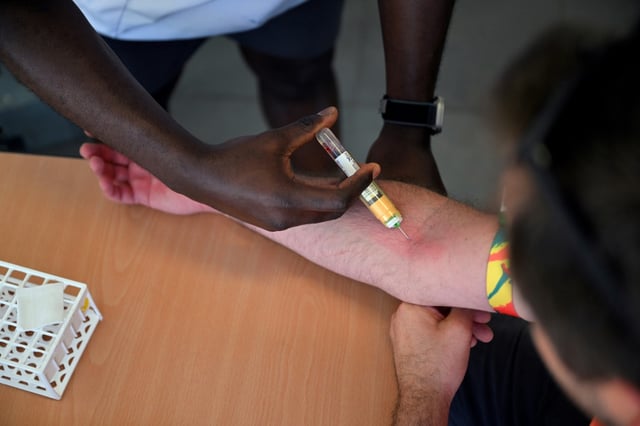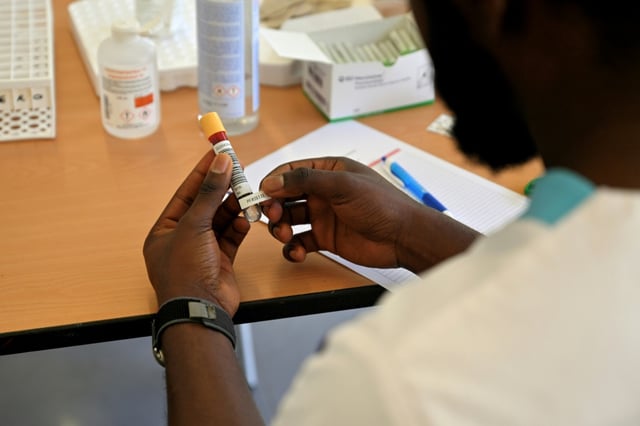Overview
- Laboratory analysis found PFAS concentrations of 20–24 ng/L in local water, far exceeding Belgium’s 4 ng/L threshold for four compounds.
- Since June, authorities have collected nearly 1,300 blood samples across ten Walloon municipalities to assess residents’ PFAS exposure, with results expected later this year.
- A judicial investigation opened this month is seeking to identify the pollution source after authorities acknowledged years-long delays in public disclosure.
- Water distributors installed activated carbon filters that officials report have contained PFAS levels pending longer-term remediation.
- Separately, University of Utah researchers introduced a metal-organic framework that lab tests show removes over 99 percent of PFOA in five minutes and fluoresces on contact with contamination.


